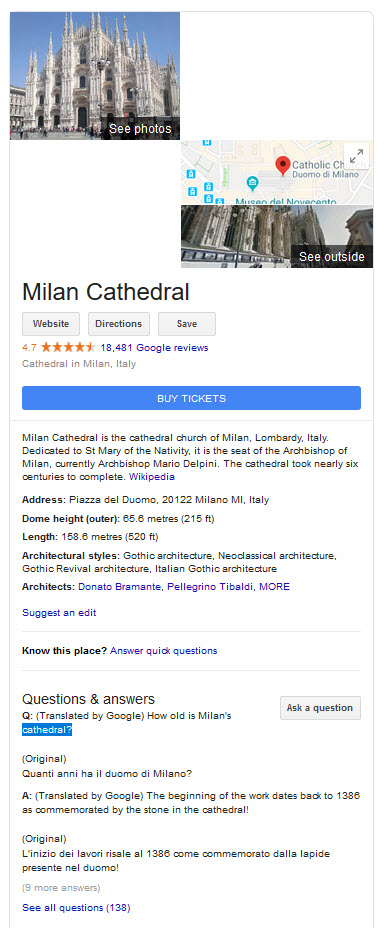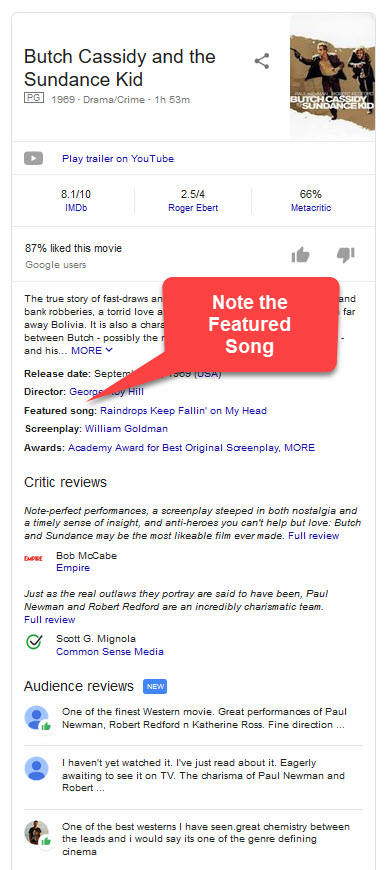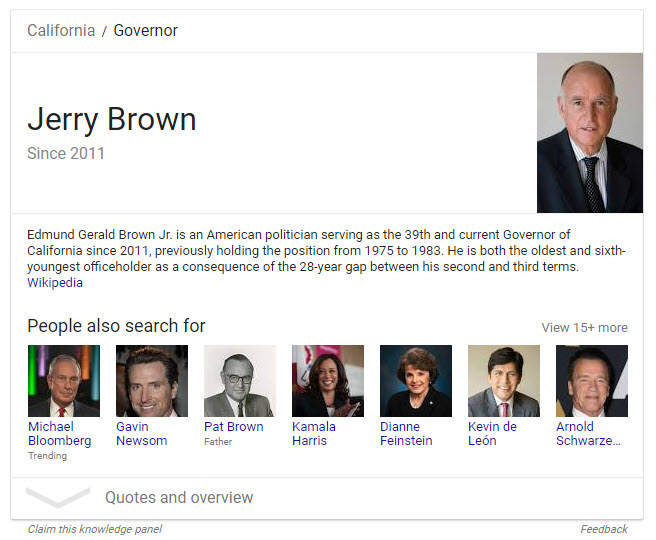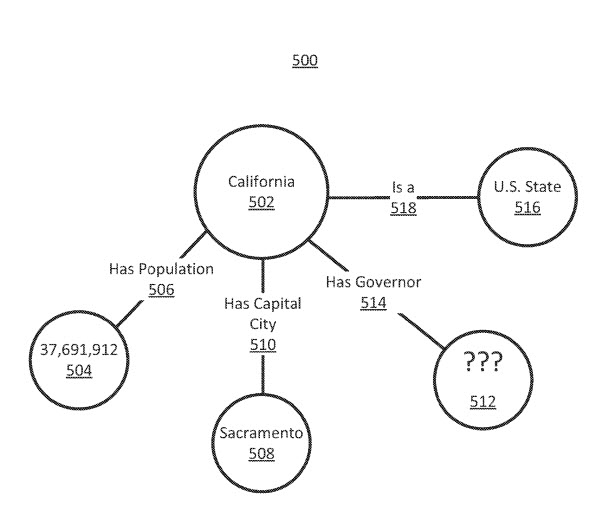Table of Contents
I had a chance to visit Milan, Italy last week, and talk about SEO at the SMXL Milan Conference. My presentation for the Conference is attached to this post, and in it, I talked about how I introduced entities into a site I was working on back in 2005, and how Google has been working upon adding entities and entity information in to search results through places such as Google’s Knowledge Graph. My Presentation for SMXL Milan:
Structured Entity Information Cards Patent
Google was recently granted a new patent that described the information cards that appear in search results about different types of entities. The patent tells us that the purpose of such cards in Search Results was to be able to provide information about structured entities that are helpful and which can scale well by not relying upon just manual curation by human editors:
To better serve users, web pages, and other sources of visually-presented information aim to provide information in a way that is clear, useful, and engaging. One way to do that is to provide information in a format in which information about a subject of user interest is curated and presented structurally. Curation of the information, so that the information presented is the most important and/or useful, requires human input, but manual curation by human editors does not scale well. On the other hand, structuring information according to a predefined scheme scales well, but risks burdening the information page with information that users may find not important and/or not useful.
The structured Entity patent is:
Structured entity information page
Inventors: Ankita Goel, Jeromy William Henry, Emily Moxley, Jeremy Silber and Kai Conragan
Assignee: GOOGLE LLC
US Patent: 10,110,701
Granted: October 23, 2018
Filed: November 16, 2015
Abstract
A method performed at a server system includes: receiving a request from a client device for an information page associated with an entity of an entity class; identifying historical user activity logged by the server system associated with users with respect to one or more of the entity and the entity class; identifying information and multiple information types associated with the entity; generating and formatting a structured information page structured according to the identified information types, where the identified information types include predefined information types and dynamically selected information types, and the dynamically selected information types are selected from a set of candidate information types in accordance with relative importance of the candidate information types as determined by the server system based on the historical user activity; populating the structured information page with the identified information; and transmitting the structured information page to the client device for display.
I wrote about knowledge cards back in 2015 in the post How a knowledge card improves a search engine experience?. The inventor of the provisional patent that I wrote about in that post was Jeromy William Henry, who is one of the listed co-inventors on this patent as well. This patent is much more detailed than that provisional patent I wrote about in that post.
Related Content:
I like how this patent phrases about the process it describes, about structured entities:
The methods and systems described herein disclose systems and methods for presenting information of various information types about an entity in a structured information page, in which some of the information types included in the structured information page are dynamically selected for inclusion in the structured information page following historical user activity. Such methods and systems provide an effective way to present to users entity information that is organized and which includes information that users are more likely to consider important.
Interestingly, they state that these cards are being updated based upon “historic user activity,” so that they provide information searchers are going to consider important.
When in Italy, I had a chance to visit some of the historic places, such as the Il Duomo Milan:
The Knowledge Card for the Cathedral has reviews and questions and answers, as well as information about other places that people also search for. It also contains facts about the Address, the Dome height and Length, the architectural styles it consists of, and the architects who planned its construction.
Structured Entity Information
This patent tells us about the database behind these structured entity information cards, and a wide range of entity types that they include, such as “movies, television shows, books, music album, video games, places of business (e.g., restaurants), and organizations.”
When someone queries a search engine., the query is processed to determine if it contains an entity, and if it does, information about that entity is retrieved from the entity repository in the form of a “Structured information page” or a “Card.”
The information associated with an entity may contain a fair amount of information about or associated with an entity. The patent points out that depending upon the entity type, the type of information saved for each could differ substantially, so that information about movies and information about television episodes, even though similar in many ways also are different in many ways as well:
In some implementations, an entity class is associated with a set of candidate information types. Entity information for any instance of the entity class includes information corresponding to information types drawn from the set of candidate information types for the entity class. Thus, for example, the set of candidate information types for movies is different from the set of candidate information types for television shows (e.g., episodes would be an information type for television shows but not movies; box office receipts information would be an information type for movies but not television shows). In some implementations the set of candidate information types for an entity class is predefined. In some implementations, information types may be added to or removed from a predefined set of candidate information types (e.g., by human editors or administrators).
In addition to default information based upon entity types, the patent also looks at additional information that might be based upon historical user activity. This can include things such as:
1. Queries that people also search for, when looking for the entities shown.
2. Whether certain aspects of an entity is something that searchers are especially interested in (like songs related to a movie.)
Because these knowledge cards are updated with historic search information which searches looking for the entities are interested in, they are updated with that kind of information. We also see how this historical search information can act to keep searchers informed, like this Entity Card for The Governor of California, which shows Gavin Newsom as someone people also search for:
Updating Entity Information in Google’s Knowledge Graph
I would have liked to have included this patent in my presentation in Milan, but I did include a patent that talks about how Google might use Q&A questions to update its knowledge Graph. I wrote about that patent at SEO by the Sea in the post: How Google’s Knowledge Graph Updates Itself by Answering Questions
An example from the patent I wrote about in that post involved finding out who the most recent governor of California might be after a new election (filling in a gap in the knowledge graph).
If you are interested in learning more about structured entity information cards, the patent has a lot more details about entity types and how cards are set up for specific entities such as movies. It’s interesting seeing how Search Results are evolving and changing.
Search News Straight To Your Inbox
*Required
Join thousands of marketers to get the best search news in under 5 minutes. Get resources, tips and more with The Splash newsletter:



